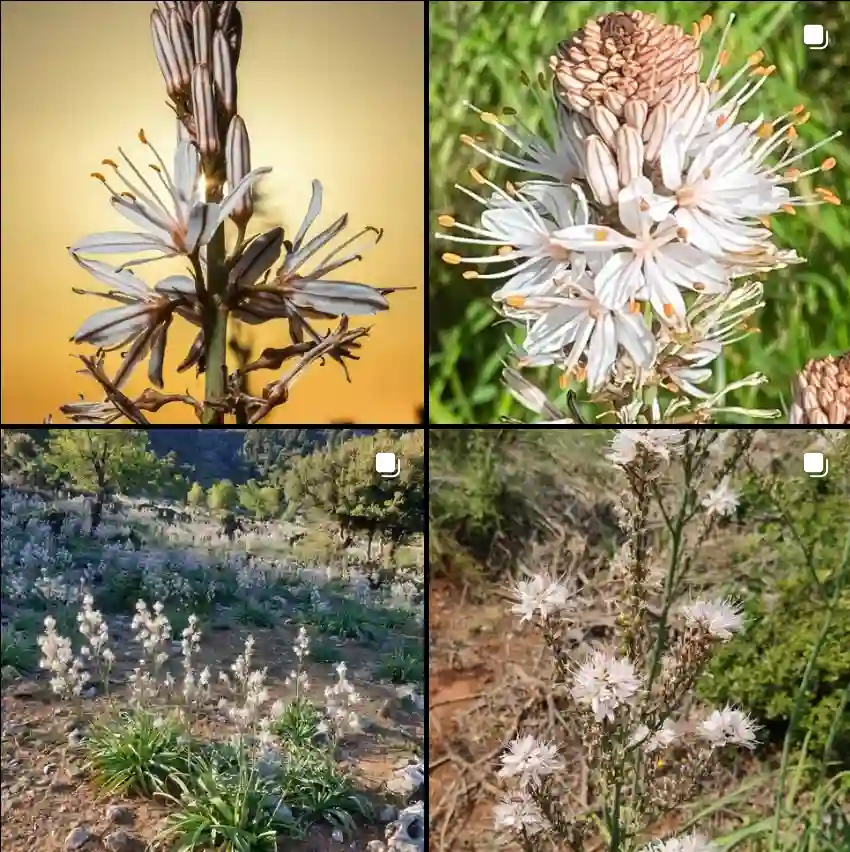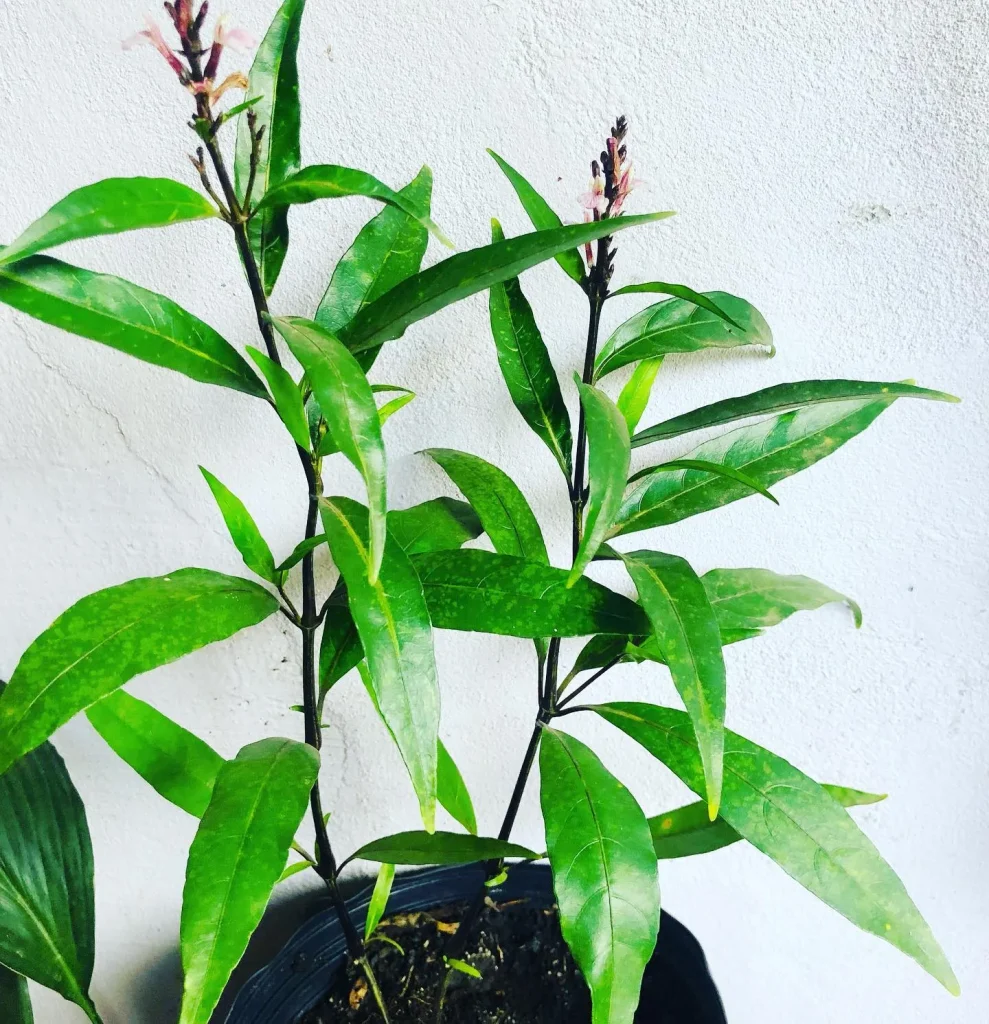FAQs About Gomphrena Pinball Purple
I’ve always been drawn to vibrant, resilient plants, and Gomphrena Pinball Purple has become one of my favorites. It’s a hardy, colorful addition to any garden that offers a lot of charm with minimal effort. If you’re considering adding this plant to your garden or already have one, you’re likely to have a few questions. Here are some of the most common FAQs I’ve come across, along with my personal experiences and insights.
140 Species in Genus Gomphrena
What Is Gomphrena Pinball Purple?
Gomphrena Pinball Purple is a flowering annual that belongs to the Amaranth family. This plant is known for its bright purple globe-shaped flowers that bloom throughout the summer. The blooms are small but abundant, making the plant a real eye-catcher. What I love most about Gomphrena Pinball Purple is its ability to thrive in hot, dry conditions—perfect for those of us who may not always have time for meticulous watering schedules.
The flowers are not just visually appealing; they are also long-lasting and retain their color when dried, making them ideal for dried flower arrangements. With a mature height of about 12-18 inches, they make great border plants or fillers in mixed flower beds.
How to Care for Gomphrena Pinball Purple?
Caring for Gomphrena Pinball Purple is relatively straightforward. This plant thrives in full sun and well-drained soil. One thing I’ve noticed is that it’s quite drought-tolerant once established, which makes it a great option for low-maintenance gardens.
Here’s a quick care guide based on my experience:
- Sunlight: Gomphrena Pinball Purple loves full sun, so make sure to plant it in an area that receives at least six hours of direct sunlight each day.
- Soil: Well-draining soil is a must. While it isn’t too picky about soil type, it does best in soil with a neutral pH.
- Watering: Water regularly during the initial growth phase. Once established, it can tolerate dry spells but will appreciate occasional watering during prolonged drought.
- Fertilizing: I typically add a slow-release fertilizer when planting and don’t worry much beyond that. It doesn’t need heavy feeding.
- Pruning: Deadheading is optional. I usually remove spent blooms to encourage continuous flowering, but even if I forget, it still keeps blooming!
How to Propagate Gomphrena Pinball Purple?
Gomphrena Pinball Purple is best propagated through seeds. I’ve found that starting the seeds indoors a few weeks before the last frost date gives them a head start. Here’s how I do it:
- Start Indoors: Sow seeds in seed trays 6-8 weeks before the last expected frost. Press them lightly into the soil but don’t cover them as they need light to germinate.
- Transplant: Once the seedlings are strong enough and the danger of frost has passed, transplant them outdoors, spacing them about 12 inches apart.
- Direct Sowing: You can also direct sow the seeds in the garden after the last frost. Keep the soil moist until germination, which typically occurs within 10-14 days.
I’ve had the most success with indoor sowing, but both methods work well depending on your climate and growing season.
What to Plant with Gomphrena Pinball Purple?
When planning your garden, companion planting is key to creating a visually appealing and thriving garden. I like to pair Gomphrena Pinball Purple with plants that have similar growing requirements and complementary colors.
Some of my favorite companions include:
- Zinnias: These share the same love for full sun and are also drought-tolerant. Plus, their vibrant colors complement the purple blooms of Gomphrena.
- Marigolds: The bright oranges and yellows of Marigolds create a striking contrast with Gomphrena Pinball Purple, and they also help repel garden pests.
- Salvia: The tall spires of Salvia provide height contrast while thriving in similar conditions.
These pairings not only look great together but also help create a balanced ecosystem in the garden.
Are Gomphrena Pinball Purple Flowers Edible?
Yes, Gomphrena Pinball Purple flowers are edible, though they are more often used for decorative purposes. The flowers can be used as garnishes or dried to make herbal teas. I’ve used them in salads and for garnish on desserts—they add a nice pop of color! Just make sure that if you’re growing them for edible purposes, you avoid using any harmful pesticides.
How to Use Gomphrena Pinball Purple in Floral Arrangements?
One of the reasons I love Gomphrena Pinball Purple is its versatility. The flowers retain their shape and color even after drying, making them perfect for dried flower arrangements. To dry the flowers, simply cut the stems, remove the leaves, and hang them upside down in a dark, dry place.
I’ve created several dried arrangements with these flowers, and they always add a unique touch to my home decor. They also make great additions to wreaths and potpourri.
Conclusion
Gomphrena Pinball Purple is a fantastic choice for gardeners who want a low-maintenance, high-impact plant. From its vibrant purple flowers to its drought tolerance, it has earned a permanent spot in my garden. Whether you’re looking to add some color to your garden beds, create beautiful floral arrangements, or just enjoy a hardy, easy-to-care-for plant, Gomphrena Pinball Purple won’t disappoint.
If you haven’t tried growing it yet, I highly recommend giving it a shot—you might just fall in love with it as much as I have!
If i die, water my plants!


